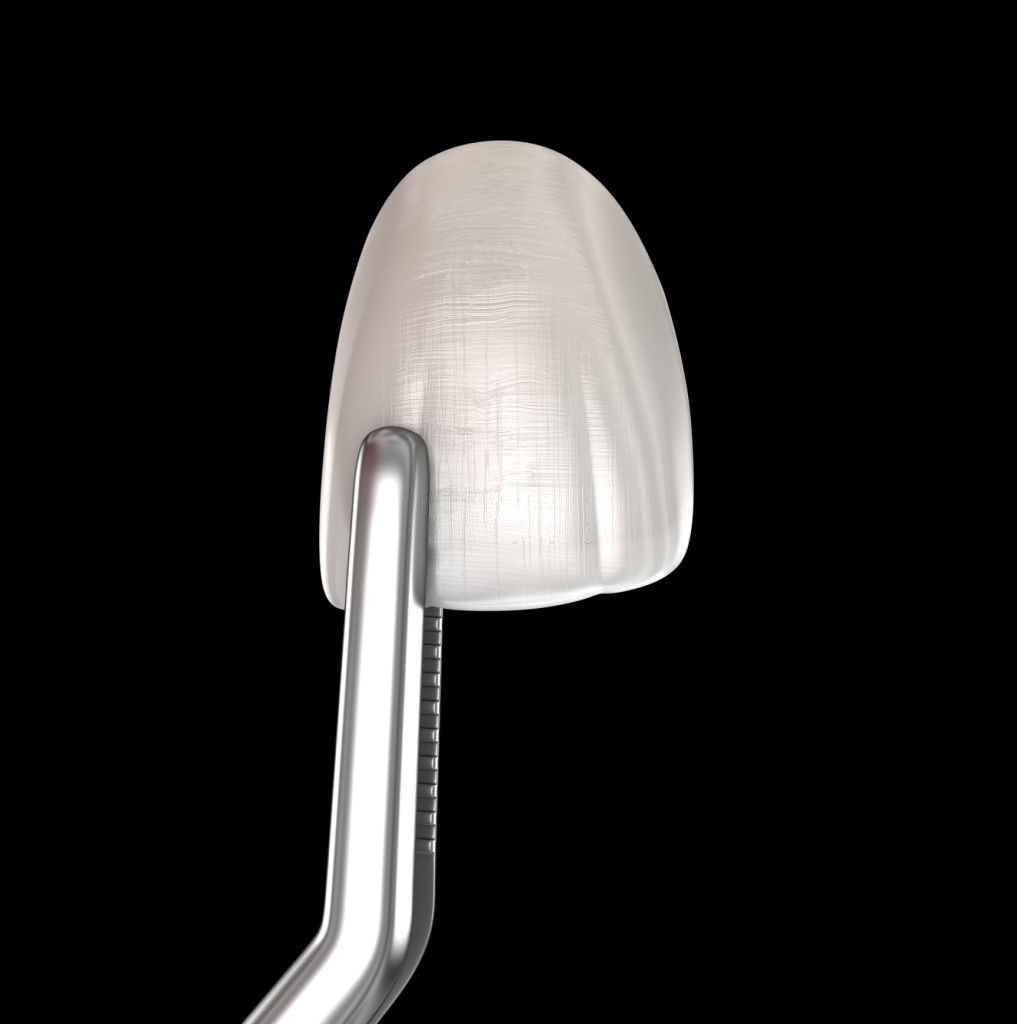Composite Bonding
Benefits:
• Composite bonding is a fantastic way to improve your smile on its own as a stand-alone treatment or after orthodontic treatment.
• It involves the placement of white filling material at the tips or edges of your teeth to alter the shape and profile, thus enhancing your smile.
• The composite is colour matched to your existing teeth, however it is usually a good idea to have tooth whitening prior to its placement. This usually takes 2 weeks in most cases.
• It is very conservative as it does not involve the removal of healthy tooth tissue.
• Usually composite bonding does not involve any injections with local anaesthetic.
• Composite bonding will help to improve your envelope of function.


Risks:
• Composite may stain over time, but it is very easy to repolish.
• Your diet and oral hygiene must be good, otherwise risk of decay increases.
• If you grind your teeth at night composite may ‘chip’ or fracture and you may require a night guard or B-splint to protect the restorations.
• If the composite chips or fractures, it can be easily repaired.
• Composite bonding may initially affect your speech and chewing but this will settle down quite quickly.
Usually in select complex cases, a mock-up of your teeth by our laboratory using wax on a stone model can help you see the intended result and helps the placement of the material for a more accurate result, but as an alternative this can be placed free hand in easier cases. It is always ideal to wait 2-3 weeks after tooth whitening to carry out composite bonding as this will allow the teeth to reach a stable colour.
Long-term, a retainer can also help maintain the teeth in their current position and preserve the life of the composite bonding.
If treating the tips of your bottom teeth, the composite will be placed ‘high’ and a space will occur between the back teeth, however this is usually fine as the space closes and the bite adjusts within a few days, though it can take a few months in a small number of patients.
Composite is a very good short to medium term solution as it is a non-invasive treatment – the usual life span is 5-7 years; however it is possible that after this time the composite may need to be repaired or replaced with new composite. During replacement an alternative restoration can be chosen as discussed below.
Some patients do prefer a more robust restoration in the form of a veneer or crown; however this is less conservative than composite bonding as it involves the removal of tooth structure to create space for the restorations.
If you have any further questions or queries, please contact the practice.
Dr Lachhanni is the perfect dentist for those who like me are nervous of going to the dentist. He explains the treatment in a very clear and concise way, taking his time and making sure you are pain free. I was handed the TV remote controls to choose my favourite programme whilst treatment was taking place. He gave me excellent advice on how best to look after and clean my teeth. The dental surgery is easy to find, clean and modern. I was also impressed that my initial contact was made via email to them on a Sunday - I received a phone call the same day with an emergency appointment booked for the following day - what an amazing service!
Yvonne Scott
Amazing experience and service at the Gerrards Cross Dentist. I’ve been seen by Dr J Bahra over the last few weeks and was made to feel extremely comfortable with quick and painless procedures. Will definitely be booking in my teeth whitening soon. Thanks!
Natasha Selina
What an amazing dental practice. My partner went here for some work when we recently moved to the area and he recommended the practice. I honestly thought ‘How good can a dentist really be?’ ... well I just discovered!
Not only was the treatment quick, effective and painless, but you also get to watch Netflix whilst it’s being done! Probably the most relaxing hour of my day.
I highly recommend!
Rowan Luckie
I recently moved to the area and chose to come to Gerrards Cross Dentist based on some reviews here. The reviews are accurate, it’s a very warm and welcoming place but most importantly the dentists are of the highest quality. Very caring with aftercare that has been second to none. I couldn’t recommend this dentist enough.
James
Previous
Next

Contact Us

Opening Hours
| Mon | 9:00AM to 6:00PM |
| Tues | 9:00AM to 6:00PM |
| Wed | 9:00AM to 6:00PM |
| Thur | 9:00AM to 6:00PM |
| Fri | 9:00AM to 6:00PM |
| Sat | 9:00AM to 2:00PM |
| Sun | 9:00AM to 2:00PM |



